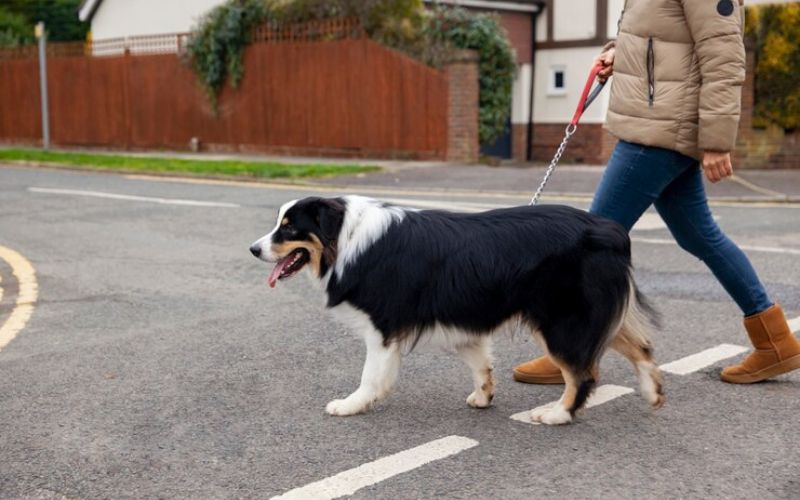If you haven’t tried to teach your dog tricks before—or are looking for a fun way to spend some time with your best friend—here are a few things to try.
Before diving in, it is important to note that you should never force your dog into performing a behavior. In the long run, it prevents the dog from learning and can create an aversion to the behavior you’re trying to teach. If you find yourself getting frustrated, take a break and try something different.
When it comes to puppy training, there is no starting too soon – at least not after the little cuties turn eight weeks of age. From teaching your fur baby where to relieve itself to
encouraging them to lie down in their bed and crate, there is a lot to learn for the little one.
Training your dog can be a fun and rewarding experience for both you and your furry friend. Not only does it help in managing your dog’s behavior, but it also strengthens the bond between you. Whether you have a new puppy or an older dog, these easy tricks can help you get started on the path to a well-trained, happy pet.
What is dog obedience training?
Puppy obedience training is the process of teaching young dogs basic commands and good behavior. This training is essential for developing a well-behaved pet and fostering a strong bond between the dog and its owner.
Home Training:
Some trainers offer private one-on-one training sessions at your home. This allows you and your puppy to focus more on each other. It’s a great option if you want personalized attention.
Group Class Training:
Group classes help your puppy learn to focus even with distractions from other dogs. While you may spend time on things that aren’t personally important to you, group classes provide valuable socialization opportunities for your puppy.
Effective obedience training helps prevent behavioral issues, ensures the dog’s safety, and makes it easier for the owner to manage the dog in different situations. It typically starts at an early age and continues as the dog grows, adapting to new challenges and environments.
What dog Bad Behaviors To Keep An Eye On
When training a puppy, it’s crucial to keep an eye on and address bad behaviors early to prevent them from becoming ingrained habits. Key behaviors to watch for include:
- Chewing: Puppies often chew on furniture, shoes, or other household items. Providing appropriate chew toys and discouraging chewing on inappropriate objects is essential.
- Biting: Nipping or biting during play can lead to more serious biting as the dog grows. Teach bite inhibition and redirect biting to toys.
- Barking: Excessive barking can become problematic. Identify the cause and use training techniques to manage and reduce unnecessary barking.
- Aggression: Any signs of aggression, such as growling, snapping, or lunging, should be addressed immediately with the help of a professional trainer if needed.
Monitoring and addressing these behaviors early with positive reinforcement and consistent training can help ensure your puppy grows into a well-behaved adult dog.
1. Sit

Why Teach It:
“Sitting” is one of the most basic and essential commands. It helps with controlling your dog’s behaviour and is the foundation for many other tricks.
How to Teach:
Hold a Treat: Hold a treat close to your dog’s nose.
Move the Treat Up: Slowly move your hand up, allowing your dog’s head to follow the treat and causing their bottom to lower.
Say “Sit”: As soon as your dog’s bottom hits the floor, say “Sit,” and give them the treat.
Repeat: Practise this a few times every day until your dog has it mastered.
2. Stay

Why Teach It:
“Stay” is crucial for keeping your dog safe and ensuring they remain calm in various situations.
How to Teach:
Sit Command First: Make sure your dog is already in the sitting position.
Open Palm Gesture: Open the palm of your hand in front of you and say “Stay.”
Step Back: Take a few steps back. If your dog stays, reward them with a treat and praise.
Increase Distance: Gradually increase the distance and duration before giving the treat.
Practice: Consistent practice will help reinforce this behaviour.
3. Come

Why Teach It:
“Come” is vital for your dog’s safety, especially when they are off-leash.
How to Teach:
Leash First: Start with your dog on a leash in a quiet area.
Crouch Down: Crouch down to your dog’s level and say, “Come,” while gently pulling on the leash.
Reward: When they come to you, reward them with a treat and praise.
Off-Leash Practice: Practise this command off-leash in a safe, enclosed area.

